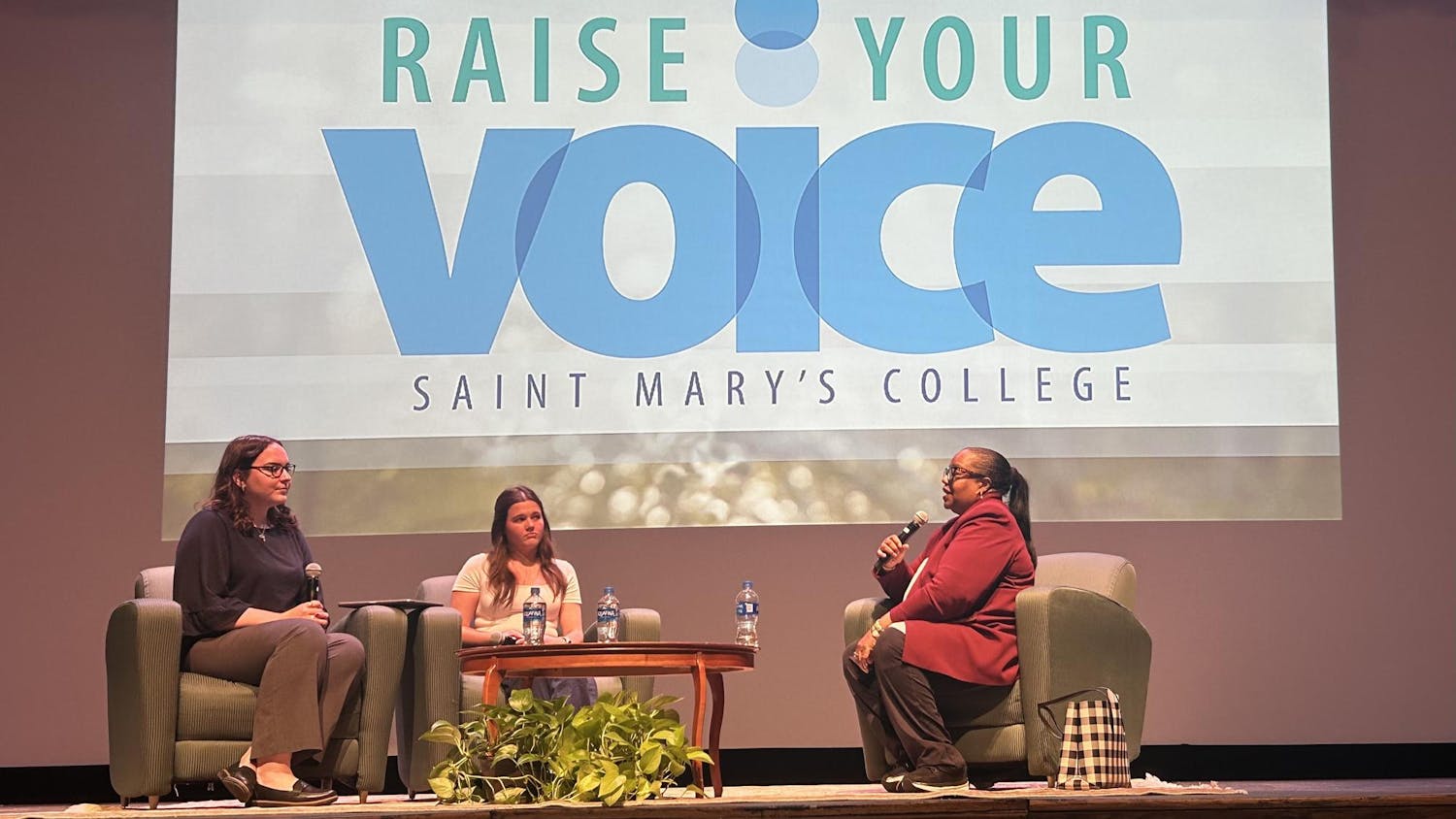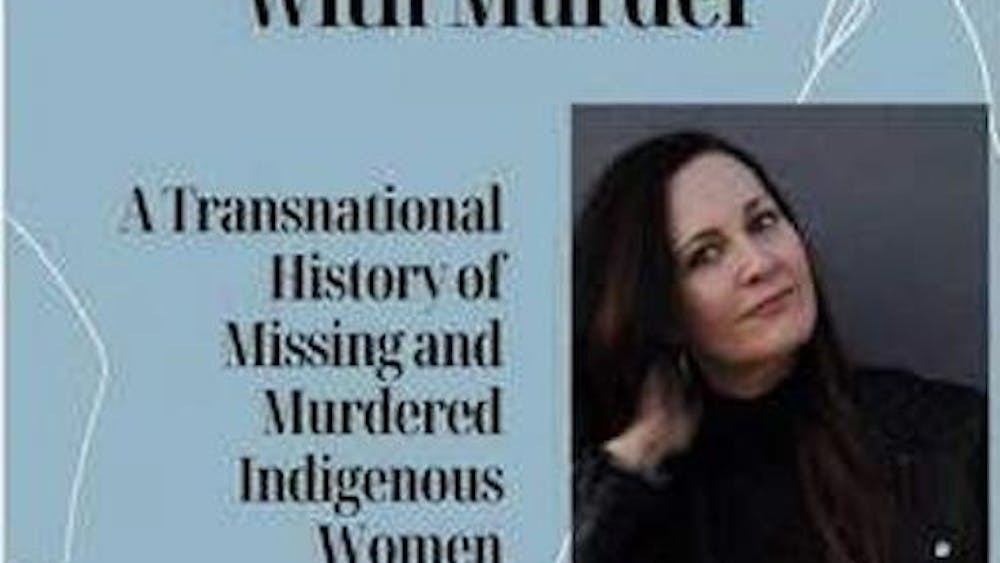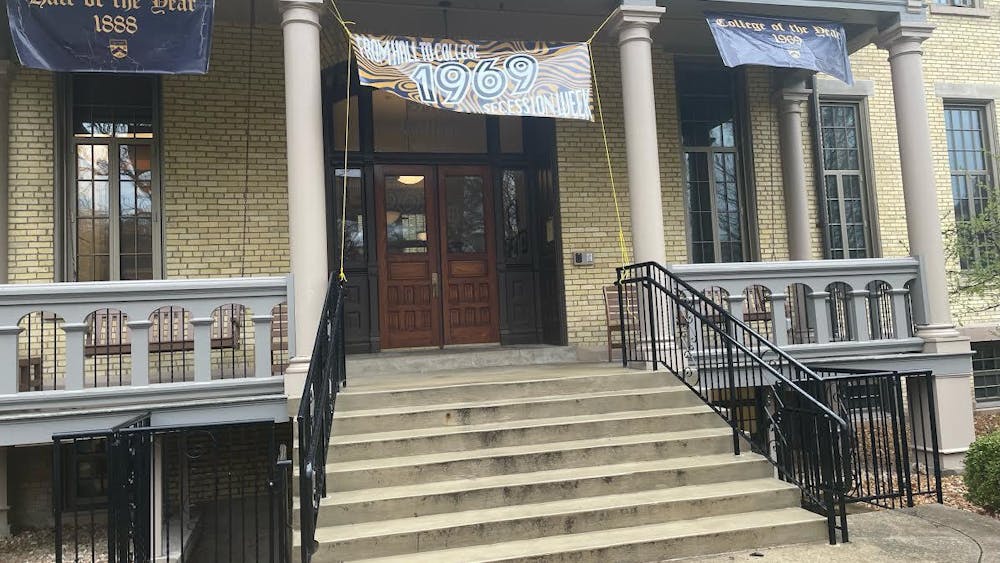More people are currently embracing the Irish language than at any other time since the early 19th century, Notre Dame professor Brian O'Conchubhair said, and those at Notre Dame are no exception.
O'Conchubhair is an associate professor of Irish in the Department of Irish Language and Literature and a faculty fellow in the Keough-Naughton Institute for Irish Studies.

"Irish is currently undergoing a resurgence in comparison to what was happening in the nineteenth century," O'Conchubhair said. "Before the Irish Potato Famine, there were approximately 6 [or] 7 million speakers of Irish in Ireland. Irish was a dominant language."
O'Conchubhair said Notre Dame students played a role in the effort to revive the language.
"Irish was being taught here as a subject in the 1860s and 1870s before it was taught in the Irish universities," he said. "That had to do with the fact that there were so many Irish immigrants at Notre Dame. [Students] were calling for an endowed chair of Irish."
The University further embraced its Irish tradition when it established an interdisciplinary Irish Studies program eighteen years ago and when it created a minor in Irish Language and Literature in 2004.
This spring, the Keough-Naughton Institute for Irish Studies offered 24 courses from a number of departments across the University, according to the department website. Fifteen of those courses could be applied to a minor in Irish Language and Literature. The institute also offers internship and study abroad programs in Dublin.
Irish history shed light on the decline in the number of Irish speakers.

O'Conchubhair said the mass deaths during the Famine and the subsequent patterns of immigration contributed to a rapid decline in the number of Irish speakers.
"The countries people are immigrating to are English-language countries. Therefore, English becomes an essential feature in survival," O'Conchubhair said. "English becomes the language of commerce … [and] national politics."
O'Conchubhair said Ireland's newspapers, books and religious texts were printed only in English. The educational system taught only English and a Catholic seminary that opened in 1795 taught clerics to minister solely in English as well.
"The language of modernity [and] the language of social and cultural advancement is English," O'Conchubhair said. "Irish is the language associated with poverty, backwardness, corruption, despair [and] destitution. If you want to progress, [you] need to speak English. The outlook for Irish at the end of the nineteenth century is very bleak."
Several organizations attempted to restore the Irish language in the 1880s and 1890s, O'Conchubhair said. The Irish language received the support of the Irish Free State's native government when the State was founded in 1922.
O'Conchubhair also said during the American Civil War the 69th Infantry Regiment used a flag that contains an Irish phrase meaning, "They never retreated from a sword." Notre Dame possesses the original flag.
O'Conchubhair said the resurgence of Irish is due largely to the foundation of an Irish language television station in 1996, the Irish Free State's acquisition of European status in 2007 and the recent proliferation of Irish newspapers, writers and filmmakers.
"Popularity manifests itself in people's attitudes towards Irish," he said. "It's no longer seen as a subject only learned in school. It's now seen as a hip language, as a language of TV personalities, as a language of sports stars. It's now almost countercultural."
O'Conchubhair said the revival is about the use of the Irish language outside academia.
"The revival will be successful if some form of vernacular Irish survives as an urban, communal language," he said. "[It's] important because it shows that … every generation has a choice to make, whether to embrace their cultural heritage or discard it, and this generation has made their choice. The sense of shame appears to have been dispelled."












